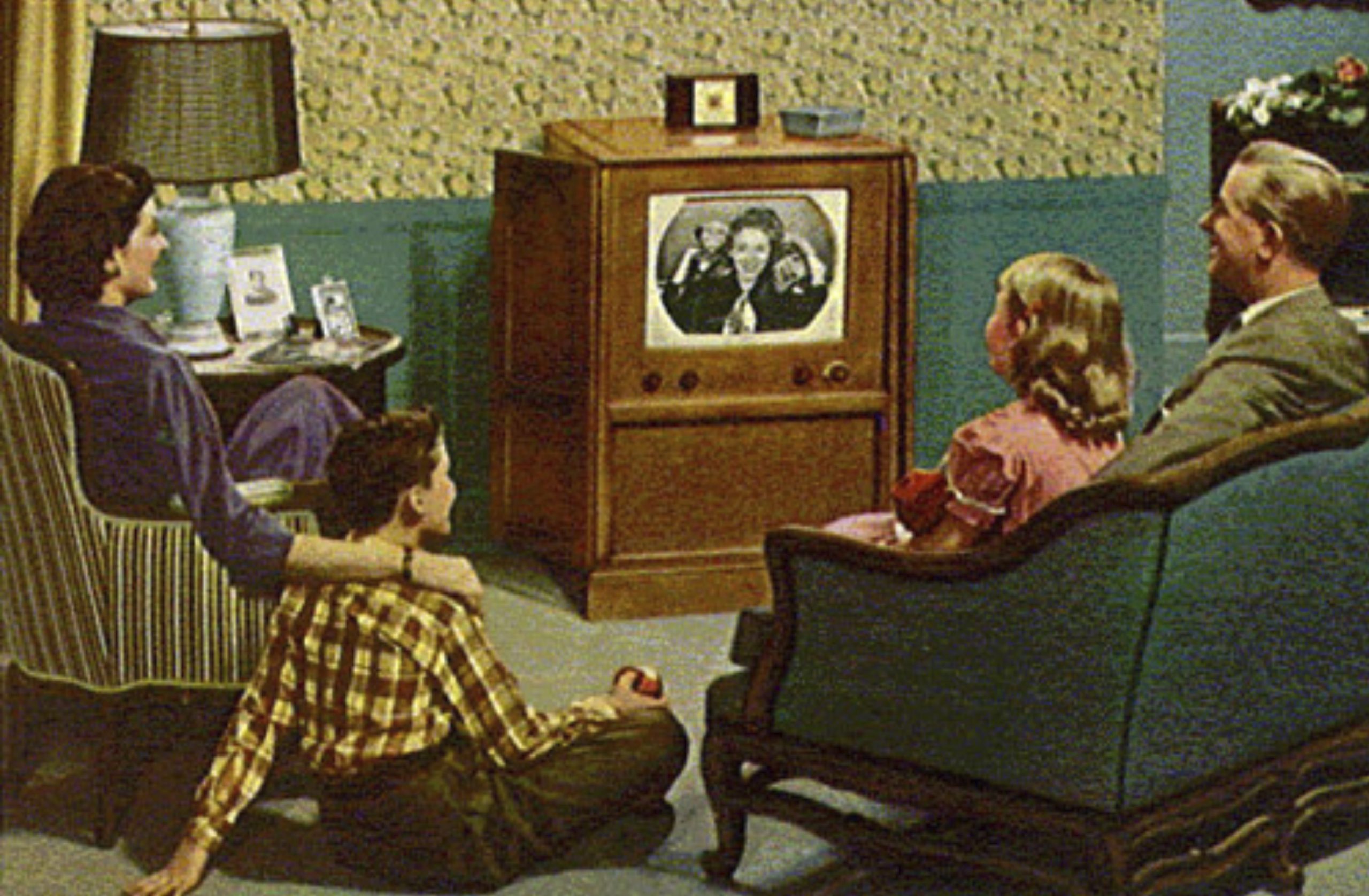A Brief History of The Rise of Interactive Media
Whether watching television, a mime on the street or looking at a painting in a museum, the consumption of art is usually a fairly passive experience.
However, technological advances in mobile communication focused on improving the user interface and user experience, have given us a more engaging and interactive media: a media with the ability to sense and provide sensation. These days, when we receive a message on our beeping, vibrating, phones, we have both an auditory and a “textual” experience.
Technological advances that facilitate a more natural interaction between us and our smart phones or tablets, informs much of our media experiences: from touch screens used in restaurants, factories, and hospitals, to those used in airplanes, automobiles, gaming, machine control systems, appliances, and other handheld display devices.

The first multi-touch tablet, using the more practical capacitance sensing rather bulky optical sensors, was developed in 1985 by Bill Buxton and the Input Research Group at the University of Toronto, but until very recently the cost of production was prohibitive.
In 2005 Apple acquired Fingerworks a company that had been developing various gesturing and multi-touch technologies in the early 2000s. Finally, in 2007 multi-touch technology became mainstream when the iPhone hit the market.
Advances in smartphones such as voice activation, camera autofocus, gyroscopic sensors, and GPS are all regular features of many of our multimedia experiences. For advertisers competing for our attention, signs that sense or cause a sensation can only make sense.
Inside this sign are sensors that trigger a recording of a woman with her hair being blown whenever a train approaches the station.

With interactive media, Advertisers, have an increasingly wider spectrum of tools with which to create an emotional connection between their target audience and the message.
As these tools become easier to use, many traditionally passive media experiences are becoming more active. An example might be movie theatres that have gone from 3D to “4D” with “active seating”. Disturbingly, some even have an active scent!
I’m sure there’ll be plenty of bad movies that try to boost ticket sales by relying on innovation as a gimmick, but there’s no substitution for creativity. This is especially true for advertisements because, not only have we not paid for a ticket to go and watch them, they’re so ubiquitous that we’ve become blind to most of them.

Interactive media is fairly new so it’s bound to attract some attention, but used creatively, it’s the ability of this new media to both sense, and provide sensation, that can help artists and advertisers alike turn spectators into participants, engage their audience, and connect with the message.

